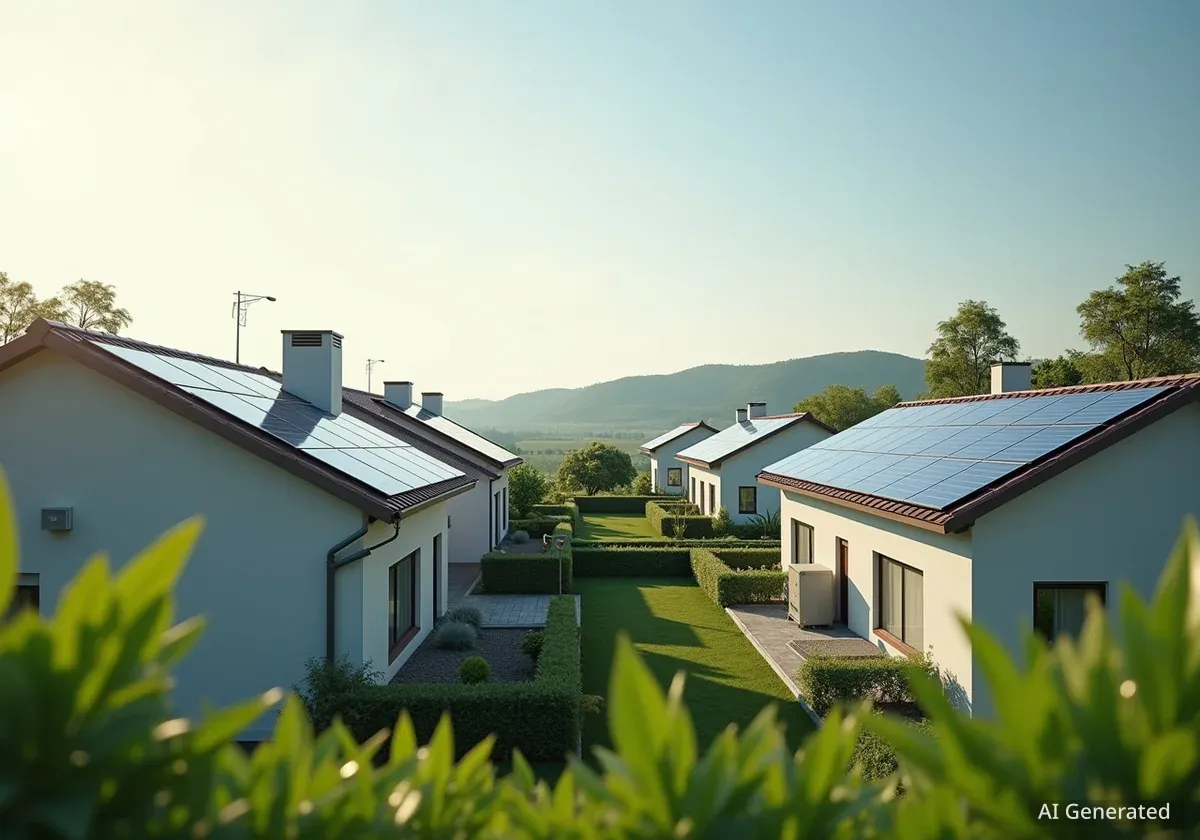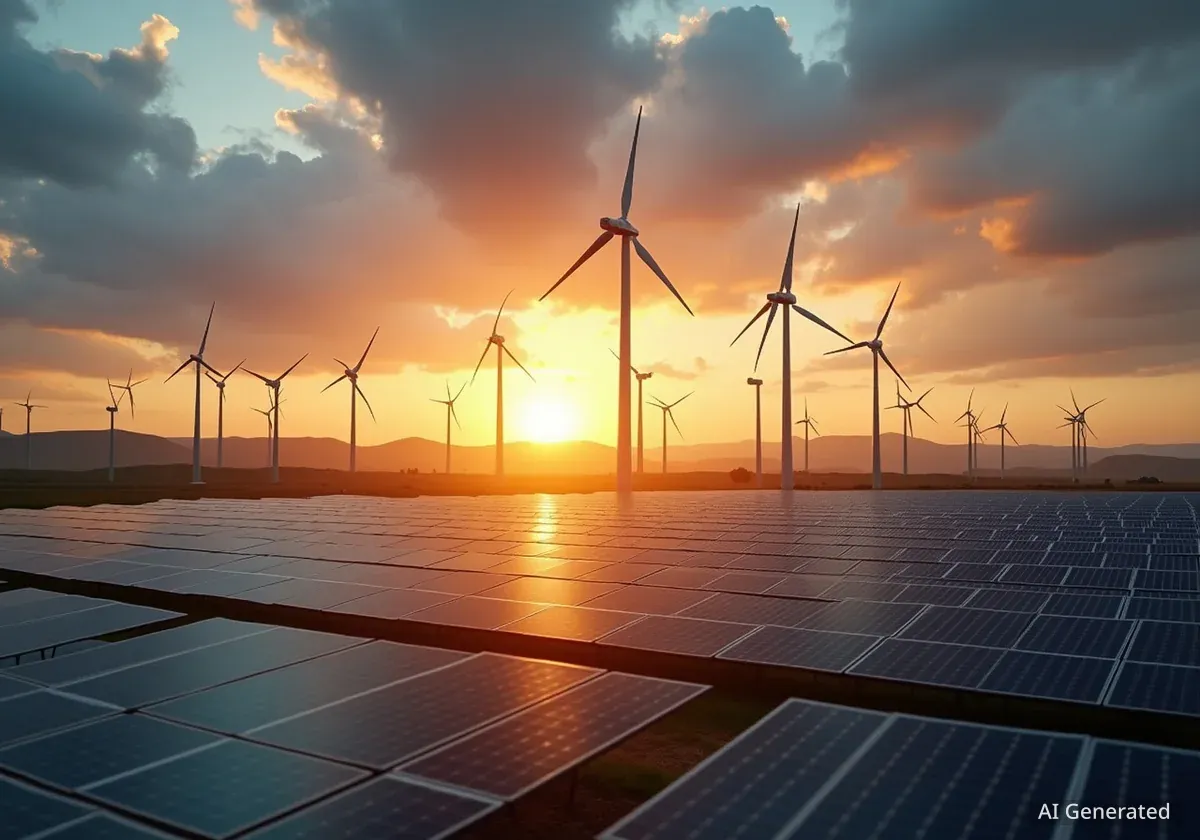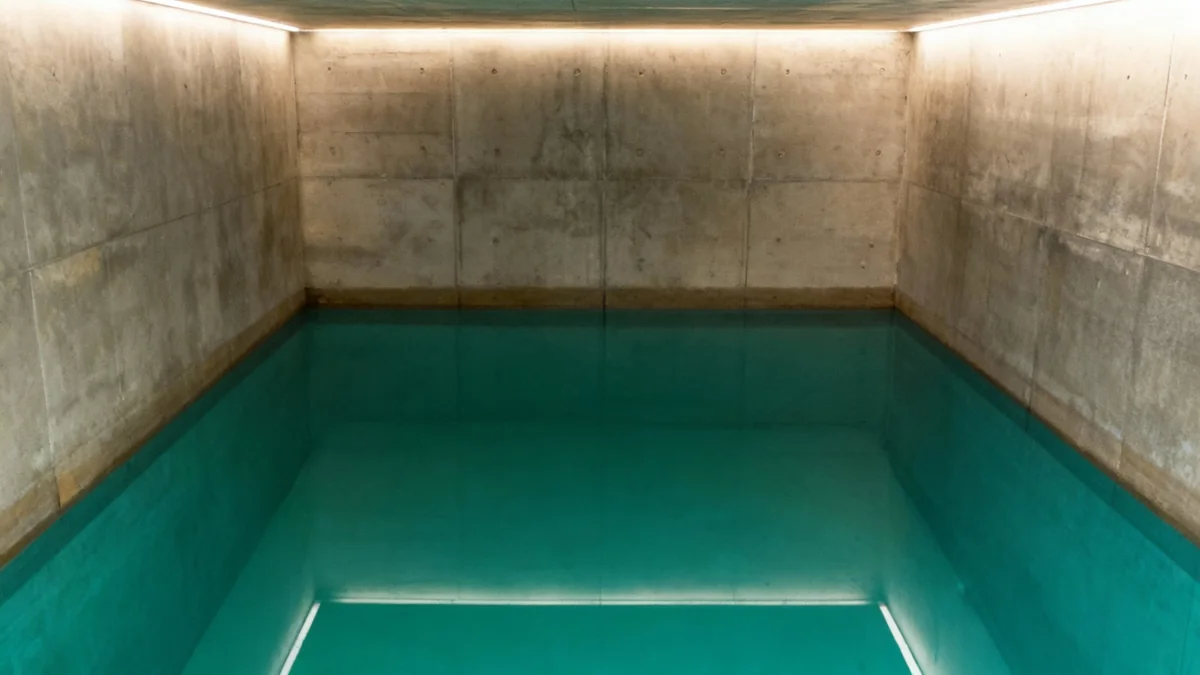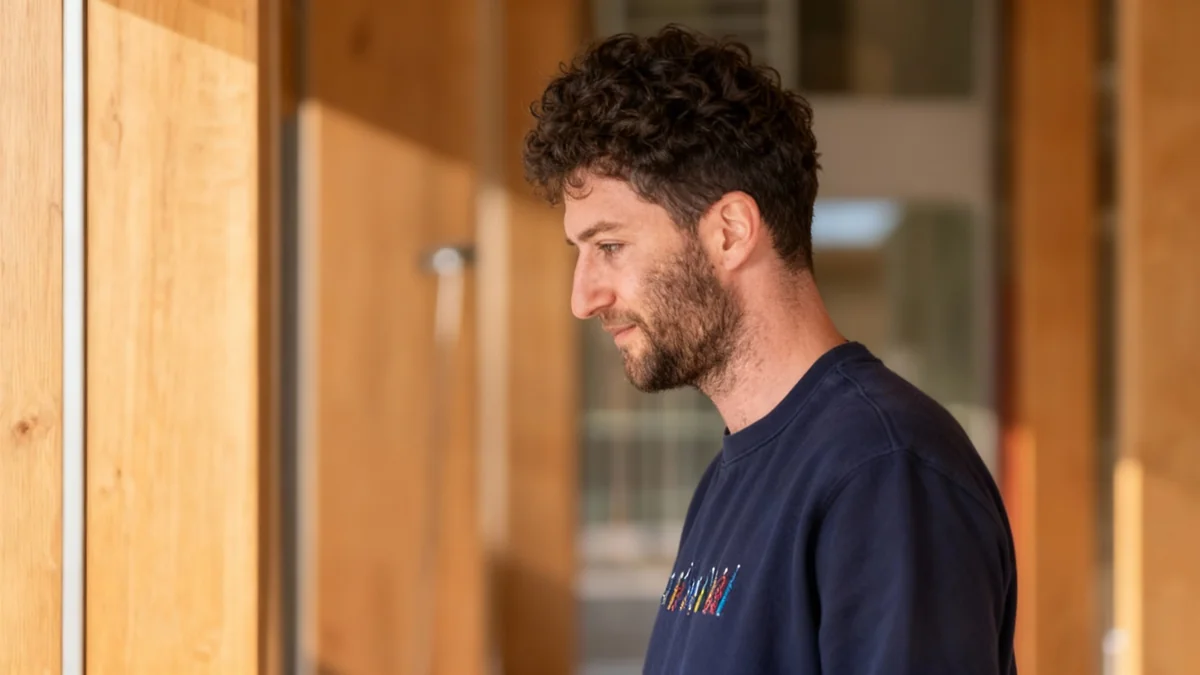The municipality of Köniz is advancing an innovative research project in Mittelhäusern, Switzerland. This initiative aims to demonstrate how a local community can achieve 100 percent renewable energy for electricity, heating, and transportation. The project serves as a real-world laboratory, with findings expected to inform broader energy strategies across Switzerland.
Key Takeaways
- Mittelhäusern aims for 100 percent renewable energy by 2050.
- The project uses local solar power and battery storage.
- It involves private companies, the municipality, and the Canton of Bern.
- New energy laws create opportunities for local electricity communities.
- The initiative seeks to increase regional value creation and lower energy costs.
Köniz Drives Climate Goals with Innovative Energy Project
The municipality of Köniz is actively pursuing its climate objectives through the "Energieverbund Mittelhäusern" research project. This project targets a complete transition to renewable energy sources for the district of Mittelhäusern. The goal is to create a model for Switzerland, showcasing how a community can become fully energy-independent and climate-neutral.
A feasibility study, commissioned and co-financed by the Köniz municipality, confirms the project's viability. The Canton of Bern and Wandu Energie AG also contributed to this study. The findings suggest that a systematic approach to local renewable energy can be both environmentally beneficial and economically advantageous.
Project Facts
- Location: Mittelhäusern, Köniz Municipality
- Goal: 100% renewable energy for electricity, heat, and mobility
- Timeline: Three years for initial demonstration
- Key Technology: Photovoltaic systems with battery storage
- Partners: Köniz Municipality, Canton of Bern, Wandu Energie AG, Energy unlimited AG, BKW Power Grid, Bern University of Applied Sciences
Local Solar Power and Smart Grid Solutions
A core component of the Mittelhäusern project is the installation of photovoltaic (PV) systems on all major rooftops within the district. These solar panels will be paired with battery storage units. This combination is crucial for managing energy supply and demand effectively.
The Bern University of Applied Sciences developed a smart approach for integrating these systems. Their method allows for a more consistent feeding of electricity into the grid over extended periods. This reduces the need for extensive grid reinforcement, making the transition more efficient and cost-effective.
"We want to use the new opportunities of Local Electricity Communities (LECs) to increase regional value creation. Energy supply will become more sustainable and, as the study shows, also more affordable," stated Hansueli Pestalozzi, Head of the Environment and Operations Directorate.
Understanding Local Electricity Communities (LECs)
Local Electricity Communities (LECs) are groups of energy producers and consumers within a defined geographical area. They can generate, store, and consume their own renewable energy. New energy laws in Switzerland support the creation of LECs, enabling them to market locally produced solar power more easily and efficiently. This fosters regional energy independence and economic benefits.
Financial Participation and Broader Impact
The project plans to establish a public limited company (AG) to manage the marketing of locally generated solar power. This structure allows residents of Mittelhäusern to invest financially in the project. Such participation strengthens community involvement and ensures local ownership of the energy transition.
Three local energy entrepreneurs are among the initiators of the Energieverbund Mittelhäusern. They selected their home district as a 'model village' for this research. The Bern University of Applied Sciences is also actively involved, providing academic expertise and research support.
The insights gained from this real-world laboratory are expected to provide a foundation for further expanding energy infrastructure in Köniz and across Switzerland. The planning and implementation of the project are the responsibility of Wandu Energie AG, in collaboration with Energy unlimited AG. BKW Power Grid, a network operator, acts as a technical partner, ensuring the smooth integration of the new energy systems.
New Energy Law Opens Doors for Local Initiatives
The launch of the Mittelhäusern project aligns with the full implementation of Switzerland's new energy law. This legislation introduces new opportunities for marketing solar electricity, particularly through Local Electricity Communities (LECs).
The law aims to decentralize energy production and empower local communities to take a more active role in their energy supply. By enabling more direct marketing of locally produced power, the new law is expected to boost regional economies and promote sustainable energy practices.
According to the feasibility study, the combination of local solar energy and existing Swiss hydropower resources will provide enough renewable energy. This is sufficient to replace all fossil fuels currently used in Mittelhäusern. This demonstrates a clear path towards a sustainable energy future for the community.
The project in Mittelhäusern is a significant step towards Switzerland's long-term climate targets. It serves as a practical example of how local communities can contribute to national energy goals. The collaborative effort between local government, private industry, and academic institutions highlights a comprehensive approach to energy transition.




